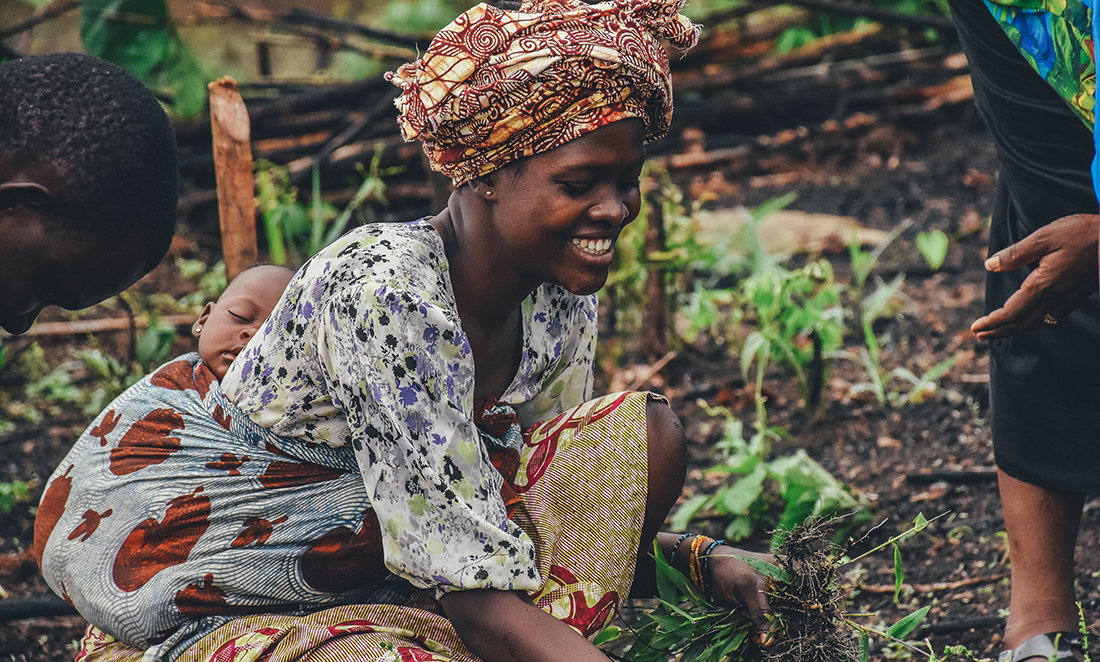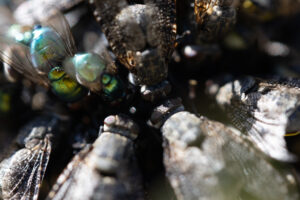Which disease do you think is the biggest killer of women?
If you thought breast cancer, think again.
While the pink ribbons, enormous support and funding for breast cancer might give the impression that it’s the biggest issue in women’s health, there’s a bigger killer.
Cardiovascular disease.
Surprised?
That’s probably because, as a society, we’ve been programmed to think of cardiovascular disease (like stroke and heart disease) as a men’s issue.
While men have higher rates of cardiovascular disease overall, more women die of heart disease than men.
Additionally, women in Australia have been found to be less likely to get the necessary health checks from their GP for cardiovascular disease. And women are at higher risk of dying within a year of having a heart attack.
And all of this is just one example of how women’s healthcare is lagging behind.
As we learn more about the gendered nature of diseases, it becomes clear we need a better plan to ensure healthcare equality across the sexes.
And that’s exactly what The George Institute for Global Health in New South Wales is aiming to do, launching their large-scale new research programme in women’s health.
Women and children first
In order to understand how women’s healthcare has fallen behind, we need to take a quick trip to the past.
Historically, resources for women’s health were largely allocated to reproductive health outcomes—namely, improving mortality outcomes for mothers and babies.
This isn’t a bad thing. In fact, it was necessary during a time when childbirth was one of the biggest health risks facing women.
“Everybody knows that it was the case in Victorian times that it was fairly common to lose children in childbirth,” says Professor Mark Woodward of The George Institute.
“In many developing countries, in particular, the outcomes have been really poor: women die or the babies die or both.”
In the past, pregnancy and childbirth were so dangerous, women would write wills as soon as they found out they were pregnant.
But in 2018, we’re doing a lot better.
“One of the huge public health successes in the past hundred years is that maternal mortality rates have come down across the world, including Africa, and child mortality has also come down considerably,” Mark tells me.

The money wasn’t wasted—the outcomes show a resounding success.
But childbirth isn’t what’s killing the most women any more. Non-communicable diseases (diseases that are not infectious) are, and the funding should now reflect that.
Instead of the majority of the money for women’s health being used just for reproductive health, it should be used across a wide range of women’s health issues including research into these deadly diseases like heart disease.
But wait, haven’t we already researched all of these diseases? Why do we need to put more money into researching them just for women?
Well it turns out that women may experience diseases differently or have different risk factors to men.
Periods, menopause and future health risks
Your first period can be an amusing or mildly horrifying anecdote, but it can also be a red flag for later health risks.
Recent research out of The George Institute found girls who had their first period before age 12 had a higher risk of developing heart disease later in life.
As if trying to figure out tampons in primary school wasn’t bad enough!
The research also found women who give birth younger, suffer miscarriages or undergo early menopause had higher risks of developing heart disease.
Learning that female reproductive factors may influence other health risks could be an indication these diseases have genetic links.
However, the same study also found that the risk of heart disease for both men and women increased per child parented.
Having children increased the risks for both genders, which means heart disease could be linked to environmental or behavioural factors. Next time you tell your kids they’re going to give you a heart attack someday, it could actually be true.
So what really causes heart disease?
Genetics or environment? Gender or lifestyle? Nature or nurture?
Or could it be both?
Maybe she’s born with it?
Part of the problem with working out how diseases are gendered is that most of the research has focused solely on men.
“A lot of the early studies on cardiovascular disease were performed only in men. It’s not as if it was a low representation of females, it was often no females,” says Mark.
“There was a presumption there that the types of heart disease … that women would get would be the same as men get, and there’s a lot of evidence now that actually women often get heart disease in a different form to men.”
There are many theories as to why this is. It could be an issue with education. Because women don’t know how high the risks are for them, they aren’t looking out for them. Since it’s not on their radar, they may confuse the symptoms of a heart attack for something else—especially when their symptoms are different to the classic symptoms that occur in men.
It could be that society’s view of cardiovascular disease only affecting men means GPs aren’t giving women the necessary checks and tests for these issues. If the diseases aren’t caught early, the outcomes for women are obviously going to be worse.
And of course, it could all be written in our genes.
“We want to try and use genomic data to see whether these differences that we’ve found are due to biology, which means they’re genetic essentially, or they’re to do with the environment and the way men and women are treated differently,” explains Mark.
“So that’s one of the goals of our research programme.”
But that’s not easy to do. To get a full picture of the genetics behind diseases, you need a massive cohort of varied socioeconomic status and an equal representation of men and women.
Which is why The George Institute is looking to use UK Biobank.
“There’s a move these days to have what are called biobanks, where lots and lots of people give blood samples and from those blood samples you can access the genomic data,” says Mark.
“[UK Biobank] is a wonderful resource that Australian researchers can access.”
No more battle of the sexes
In the next month, The George Institute is going to have a strategic planning meeting to decide how they’re going to tackle their new research programme into women’s health.
It won’t all be about cardiovascular disease. They want to look at the big picture of women’s health. This could include everything from non-communicable diseases to reproductive health to other issues like the influence of domestic violence on women’s health.
While it’s clear we need to catch up in women’s health, it’s important to note that doing so will benefit both sexes.
“The main thing that’s driving me to this research is to make sure that women and men are equally treated and get equal access to healthcare and the education for better healthcare, and I think that’s what’s been lacking worldwide unfortunately in the past,” says Mark.
“We can also make improvements that will benefit men as well as women.”
Though we still have to wait a little longer for the official plan, the work of The George Institute could end up playing a huge part in improving health outcomes for women worldwide.
Not only could we even the playing field, but we could be about to herald in a new era of better healthcare and equality for all.









